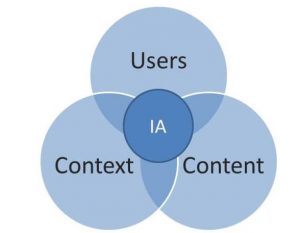
I am currently studying computer science and engineering. I want to know what exactly is the actual difference between information architecture and information infrastructure in computer science? Thanks in advance.
What Is The Difference Between Information Architecture And Information Infrastructurein Computer Science?

You might find the following text helpful for your doubt.
Information architecture is the science of marking, tagging and organizing websites, internal networks, online forums, and web applications to enhance the usage. It is an upcoming trend and segment of methodology centered on bringing the laws of design and architecture to the digital picture. It is an exclusive expertise that depicts information and states the differences between ideas and systems of ideas.

Information technology infrastructure is the integrated framework that is the basis of operation for digital networks. This includes regulatory systems, data centers,Database Management devices,computer networks, and computers. Using the combination of internet and IT, this infrastructure is used to connect to various parts of the system and another device peripherally.
What Is The Difference Between Information Architecture And Information Infrastructurein Computer Science?

Information architecture, in technical writing, is the set of ideas concerning how all information in a given context should be dealt with philosophically and how it should be organized in general.
Information architecture, in web design, has the same definition with that of technical writing but is rather centered more closely on web content as building blocks to be put in to the visual design of a website and navigation method. In 2002, Ole Hanseth defined information infrastructure as “an awesome shared, evolving, open, standardized, and heterogeneous installed base”.
In 2006, Pironti defined it as all of the people, tools, facilities, processes, procedures, and technology supporting the creation, storage, use, transport, and destruction of information. As a theory, information infrastructure has been used to frame a number of massive case studies. Information infrastructures include the corporate systems, the internet, and health systems.













